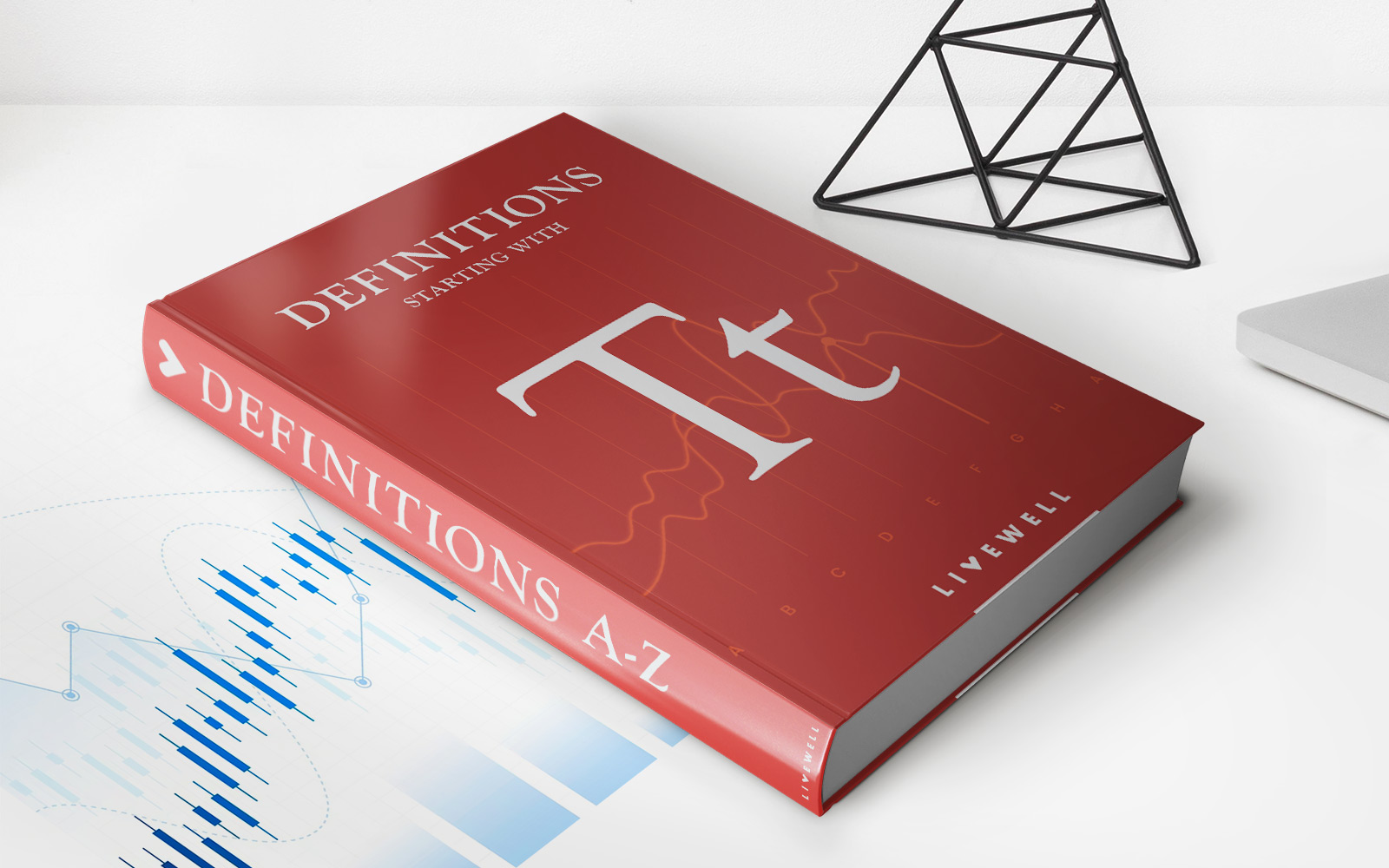Home>Finance>What Is Quantitative Trading? Definition, Examples, And Profit


Finance
What Is Quantitative Trading? Definition, Examples, And Profit
Published: January 14, 2024
Learn the definition, examples, and profit potential of quantitative trading in finance. Discover how it can optimize investment strategies and boost returns.
(Many of the links in this article redirect to a specific reviewed product. Your purchase of these products through affiliate links helps to generate commission for LiveWell, at no extra cost. Learn more)
What Is Quantitative Trading? Definition, Examples, and Profit
Finance is a vast and dynamic field that offers various investment opportunities. One of the most rapidly growing areas within finance is quantitative trading. But what exactly is quantitative trading, and how can it be profitable for investors? In this blog post, we’ll delve into the world of quantitative trading, explore its definition, provide examples, and shed light on how investors can reap the rewards of this trading approach.
Key Takeaways:
- Quantitative trading utilizes mathematical models and algorithms to make investment decisions.
- Examples of quantitative trading strategies include statistical arbitrage, trend following, and mean reversion.
Definition of Quantitative Trading
Quantitative trading, also known as algorithmic trading or algo trading, is an approach to financial markets where investment decisions are made using mathematical models and data analysis. It involves the use of advanced statistical and mathematical techniques to identify and execute trades.
Quantitative traders, often referred to as “quants,” develop and implement algorithms that automatically execute trades based on predefined rules and strategies. These algorithms take into account various factors such as price movements, volume, volatility, and other relevant market data. By using quantitative models, traders aim to exploit market inefficiencies and generate consistent profits.
Examples of Quantitative Trading Strategies
There are several popular quantitative trading strategies that investors employ to navigate the financial markets. Here are a few examples:
- Statistical Arbitrage: This strategy involves taking advantage of pricing discrepancies between related securities by simultaneously buying and selling them. Stat arb relies on statistical models to uncover the relationships between assets and exploit any temporary deviations from their equilibrium values.
- Trend Following: In this strategy, traders identify and follow persistent trends in asset prices. Trend followers use technical analysis and mathematical algorithms to spot upward or downward trends and make investment decisions based on these trends.
- Mean Reversion: Mean reversion strategies aim to profit from the tendency of asset prices to move back towards their average or mean after deviating from it. Traders using this strategy will buy an asset when it is undervalued and sell it when it becomes overvalued.
Profit Potential of Quantitative Trading
The use of quantitative models and algorithms in trading can offer several advantages for investors:
- Automation and Efficiency: Quantitative trading eliminates human emotions and biases often associated with traditional trading. Automated algorithms make trading decisions based solely on predefined rules and data analysis, resulting in faster and more efficient execution.
- Increased Speed and Scalability: Quantitative trading leverages technology and advanced computing power to analyze vast amounts of data and execute trades within milliseconds. This high-speed execution allows for greater scalability, enabling traders to handle larger volumes of trades with precision.
- Risk Management: Quantitative trading emphasizes risk management through rigorous modeling and advanced statistical analysis. By using historical data and probability models, traders can quantify and manage their risk exposure more effectively.
While quantitative trading offers numerous benefits, it’s important to note that it requires a solid understanding of mathematical modeling, programming, and data analysis. Successful implementation also necessitates continuous research, monitoring, and adapting strategies to changing market conditions.
In conclusion, quantitative trading provides investors with an effective approach to participate in financial markets using mathematical models and algorithms. By leveraging the power of technology and advanced data analysis, investors can potentially achieve consistent profitability and gain a competitive edge in the fast-paced world of finance.














